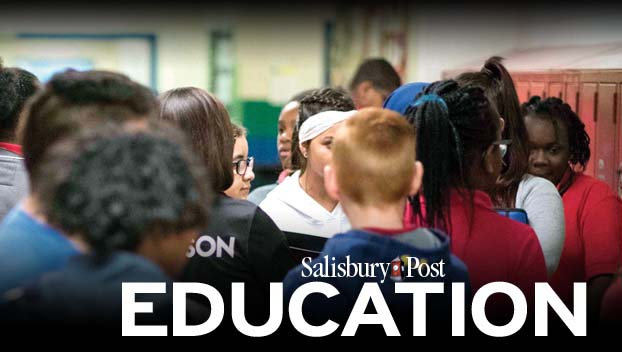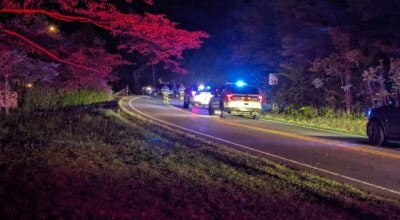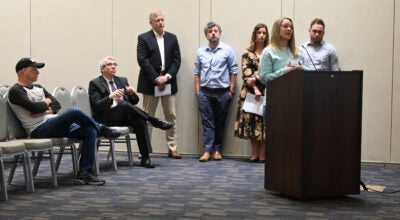RSS ranks fourth in state for career, technical credential attainment, beating Charlotte-Mecklenburg Schools
Published 12:00 am Friday, June 25, 2021
SALISBURY – Despite having a fraction of the population, Rowan-Salisbury Schools in the 2019-2020 school year produced more students with industry-recognized certifications or credentials than Charlotte-Mecklenberg Schools.
RSS ranked fourth in the state in 2019-2020, the latest data available from the state. RSS students earned 7,660 credentials while CMS students earned 7,016. RSS only has 18,000 students to the 148,000 in CMS, the second-largest district in the state.
“How does that happen?” RSS Career and Technical Education Director Holly Pore said. “How does a district of our size earn more credentials than a district of Charlotte-Mecklenburg’s size?”
According the North Carolina Department of Public Instruction, a credential is not a license issued by a government but can help employees get hired or get paid more. Some examples of credentials are Microsoft Office certifications and credentials from the National Center for Construction Education and Research for masonry and carpentry students.
The top three school systems are all significantly larger than RSS. Gaston County Schools ranked first with 14,986 certifications or credentials, followed by Wake at 12,895 and Cumberland at 12,883.
A year earlier, for the 2018-2019 school year, RSS was not in the top 10.
Pore walked the district board through the figures during Board of Education retreat on Thursday. The number of career and technical education students varies year-to-year, but RSS counted about 11,250 enrolled students in the 2020-2021 year.
Pore pointed to a few advantages of technical program participation, including producing students who are qualified for the work force, improving the district’s graduation rate, lining up post-secondary plans with study and earning credentials.
Career and technical students in the district graduate at a significantly higher rate than others. Pore noted RSS already beats the state average at 89.1%, but students in technical programs graduate at a 97% rate.
By race, career and technical enrollment looks similar to the district’s demographics. A majority of the students are white, with Black and Hispanic students making up most of the remaining students. The number of Hispanic students in career and technical courses has increased relative to Black students over the past few years, reflecting the increasing number of Hispanic students in the district.
Board member Dean Hunter asked where most of the credentials are coming from. Pore said the most-awarded are in carpentry and masonry programs. Pore said carpentry students are on a specified pathway and add on to their credentials as they move through the program.
Pore noted credentials earned by students have increased significantly in the previous few years. For the 2014-2015 year, 1,286 students earned a credential. By the 2016-2017, year that number increased to 4,006.
Pore said the jump shows the district is starting to achieve goals in the directional system laid out for its special renewal status. As part of renewal, the district has set a goal for all students to have a plan by the time they graduate and be enrolled in higher education, employed or enlisted in the military.
RSS Board of Education Chair Kevin Jones said he thinks of programs such as masonry when he thinks of technical programming, but he said more subjects fall under the category. Pore answered that anything relating directly to a career or workforce field is a career or technical course. One student hoping to enter a trade and another intending to pursue a four-year degree from a university can both be career and technical students.
Pore said the district hires people who work in the field as lateral entries to teach CTE programs.
“We hire nurses. We hire machinists. We hire welders. We hire contractors,” Pore said, adding these teachers have industry knowledge but are not trained teachers.
This year, the department emphasized coaching teachers who came directly from industry.
Pore said one challenge for lateral entries is a lack of a support network in their own schools. In addition to not being trained as teachers, technical instructors may be isolated at their schools as the only teacher in their subject area. To fix this, RSS created professional learning communities for technical teachers within the district so they can support one another.
Pore laid out priorities for the coming year as well, pointing to teacher development, increased enrollment, even more industry credentials, career readiness and evaluating the career pathways offered by the district.
At the end of the presentation, the board approved the CTE department’s local plan. The plan has to be updated each year for the program to receive state and federal money.






